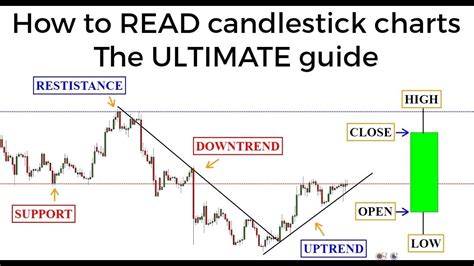Understanding Trading Indicators and How They Influence Decisions in Cryptocurrency Trading
Cryptocurrency trading has become increasingly popular over the years, with more investors flocking to online exchanges to buy, sell, and trade digital currencies like Bitcoin, Ethereum, and others. However, navigating the world of cryptocurrency trading can be daunting, especially for beginners. One crucial aspect that traders should understand is how trading indicators work and their role in making informed decisions.
What are Trading Indicators?
Trading indicators are graphical or numerical tools used to analyze market data and predict price movements. They are designed to help traders identify trends, patterns, and potential reversals in the market. These indicators can be categorized into two main types: technical and fundamental analysis.
Technical Indicators
Technical indicators use mathematical formulas and calculations based on historical market data to predict future price movements. The most common type of technical indicator is the Moving Average (MA), which calculates the average price of a security over a specified period of time. Other popular technical indicators include:
- Relative Strength Index (RSI): measures the magnitude of recent price changes and provides an idea of overbought or oversold conditions
- Bollinger Bands: a volatility indicator that plots three standard deviations above and below a moving average, indicating potential breakouts or reversals
- Stochastic Oscillator: measures the relationship between a security’s price and its relative strength by comparing its closing price to its 14-day moving average
Fundamental Indicators
Fundamental indicators, on the other hand, focus on economic and market data that affects the overall direction of the market. These indicators are based on historical data and may not reflect future performance. Some popular fundamental indicators include:
- Volume: measures the number of shares traded in a given period
- Earnings Per Share (EPS): provides insights into a company’s financial health and growth prospects
- Yield Curve: indicates changes in interest rates, influencing market liquidity and asset prices
How Trading Indicators Influence Decisions
Trading indicators play a crucial role in informing traders’ decisions. By analyzing these tools, traders can make more informed choices about when to buy or sell based on historical data and trends. Here are some ways trading indicators influence decision-making:
- Identifying Trends: Technical indicators like Moving Averages (MAs) and RSI help identify long-term trends in the market.
- Predicting Price Movements

: Fundamental indicators like volume, EPS, and yield curve provide insights into potential price movements based on historical data.
- Setting Entry and Exit Points: By analyzing trading indicators, traders can set clear entry and exit points for their trades, reducing risk and maximizing potential returns.
- Managing Risk: Technical indicators help traders identify potential reversals or pullbacks, allowing them to adjust their positions accordingly.
- Enhancing Confidence
: Trading indicators can boost a trader’s confidence in their investment decisions by providing accurate predictions and signals.
Best Practices for Using Trading Indicators
To get the most out of trading indicators, follow these best practices:
- Choose indicators that align with your trading strategy
- Use multiple indicators to validate your analysis
- Set clear entry and exit points based on indicator signals
- Monitor indicators over time to adapt to changing market conditions
5.
